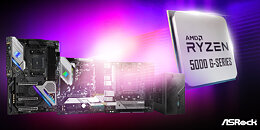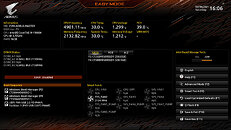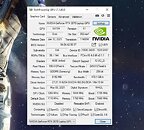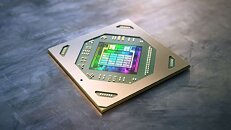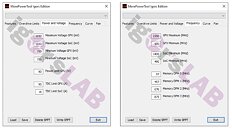
NVIDIA GeForce RTX 3090 Ti Gets Custom 890 Watt XOC BIOS
Extreme overclocking is an enthusiast discipline where overclockers try to push their hardware to extreme limits. Combining powerful cooling solutions like liquid nitrogen (LN2), which reaches sub-zero temperatures alongside modified hardware, the silicon can output tremendous power. Today, we are witnessing a custom XOC (eXtreme OverClocking) BIOS for the NVIDIA GeForce RTX 3090 Ti graphics card that can push the GA102 SKU to impressive 890 Watts of power, representing almost a two-fold increase to the stock TDP. Enthusiasts pursuing large frequencies with their RTX 3090 Ti are likely users of this XOC BIOS. However, most likely, we will see GALAX HOF or EVGA KINGPIN cards with dual 16-pin power connectors utilize this.
As shown below, MEGAsizeGPU, the creator of this BIOS, managed to push his ASUS GeForce RTX 3090 Ti TUF with XOC BIOS to 615 Watts, so KINGPIN and HOF designs will have to be used to draw all the possible heat. The XOC BIOS was uploaded to our VGA BIOS database, however, caution is advised as this can break your graphics card.
As shown below, MEGAsizeGPU, the creator of this BIOS, managed to push his ASUS GeForce RTX 3090 Ti TUF with XOC BIOS to 615 Watts, so KINGPIN and HOF designs will have to be used to draw all the possible heat. The XOC BIOS was uploaded to our VGA BIOS database, however, caution is advised as this can break your graphics card.














































